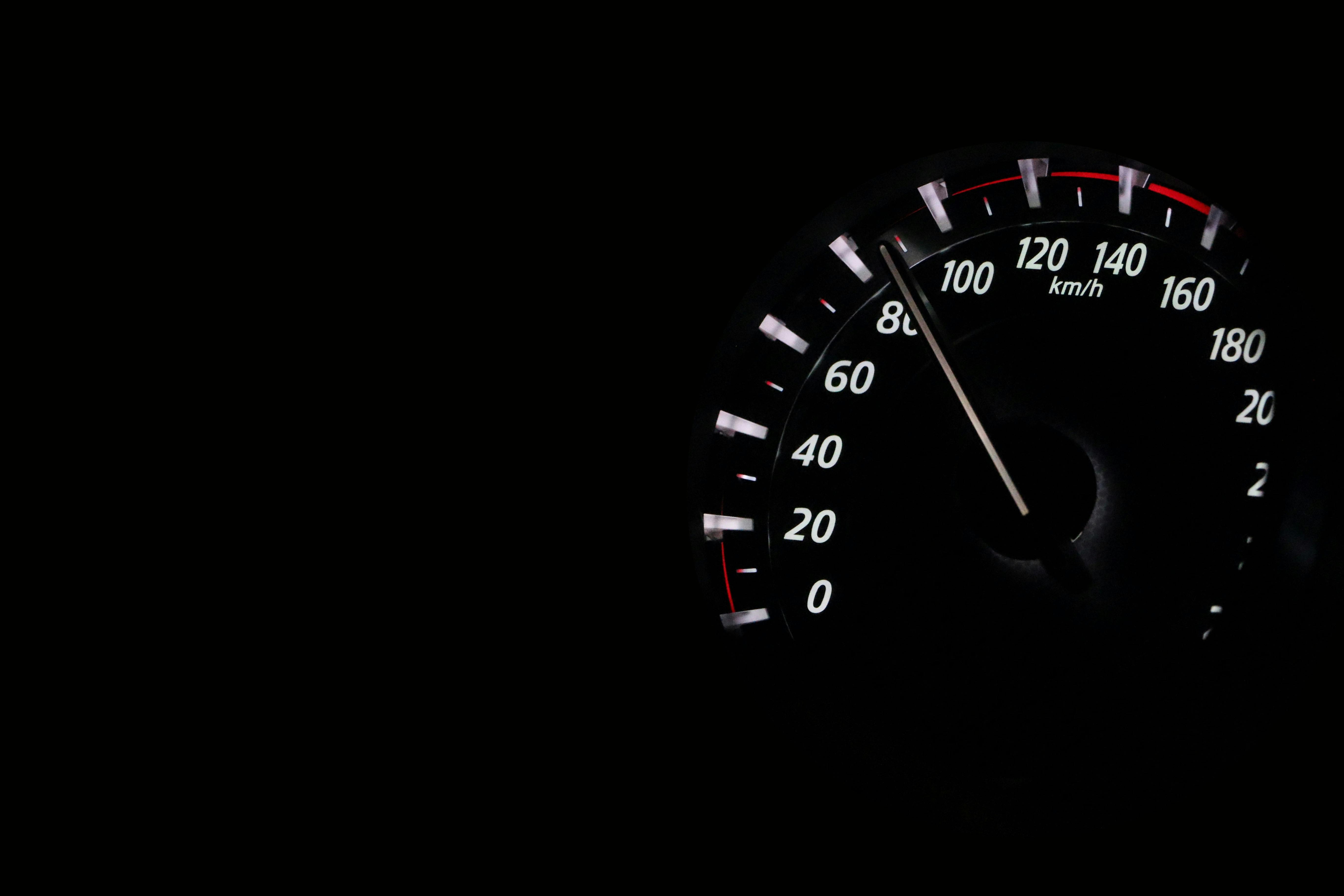On the need to differentiate the structural and functional aspects of the psychology of art…
The psychology of art is a complex subject and this description serves only as an introduction to a “developing” field of study. Psychology forms the basis of many aspects of life and art or the expression of art in any form and, especially through sculpture and painting, is also based on psychological theories and understanding. The relationship between psychology and art is almost inevitable; there can be no art without psychology and vice versa. The artist starts from a blank canvas on which he projects his own psychological being and art remains as a means of said projection. Thus, art can best be defined as a medium through which an artist or creative individual projects her deepest feelings and frustrations and psychological needs. In this way, art is intimately linked to psychology. However, the psychology of art as a formal discipline has not found wide recognition and has only recently gained popularity in Western universities.
However, the psychology of art is a fascinating field of study as it looks at the core of creativity and provides an explanation of the mental processes of the artist in particular and the creative individual in general. Interestingly, however, the psychology of art is not limited to just understanding the mental processes of the artist, but also the mental processes involved in the perception of art. Thus, a psychology of art provides an explanation and understanding of the phenomena of creativity, the mental processes of the artist, as well as the thought processes of the perceiver. It is comprehensive in its approach not only because of its variety of explanations, but also because the psychology of art involves explanations from different branches of psychology, such as the psychology of Gestalt perception, the psychology of form and function/order and complexity. , Jungian psychoanalysis, the psychology of attention. and experimental psychology, as well as Freudian symbolism.
The psychology of art is interdisciplinary, successfully integrating art, architecture, philosophy (metaphysics and phenomenology), aesthetics, the study of consciousness, visual perception, and psychoanalysis. From the philosopher John Dewey to the psychoanalyst Carl Gustav Jung, 20th-century intellectuals were influential in the emergence of a psychology of art that seemed to have gone beyond the mental processes of the artist to include the process of creation and also their perception by examining the art from the biological, social, psychological and philosophical perspectives. Dewey and Jung influenced the study of art within social and cultural contexts and are largely responsible for the understanding of art in its current form.
Art is obviously a creative process and therefore it is also a deep psychological process. Art could well be explained with the theory of perception and as a cognitive process. The Gestalt theory of visual perception would offer one of the main explanations for the creation and perception of art. Gestalt theorists were the 20th century psychologists who studied perceptual processes in humans and some of the famous Gestaltists were Wolfgang Köhler, Kurt Koffka, Max Wertheimer and Kurt Lewin. The principles of perception, as given in Gestalt psychology, focused on proximity or contiguity, similarity, continuity, closure, area/symmetry, and figure and ground.
Therefore, Gestaltists described perception as a process that involved not only the object but also the context, since the perception of objects is affected by what surrounds them, so for Gestaltists, things are always “more than the sum of its parts”. As art is also mainly about perception, our perception of any art object would also depend on these Gestalt principles and we tend to see continuity or closure or even perceive movement in static objects. Gestalt psychology has been used extensively to describe and understand ‘visual illusions’. For example, objects that are located closer to each other will be perceived to form a group. If you have seen some of these images explaining Gestalt principles, you will quickly understand that there is more to art than simple brush strokes; art is both a process of perception (including illusion) and a process of creation. If an artist successfully creates a visual illusion, he is almost like a magician. However, art has several dimensions in its study and explanation, and from the Gestalt understanding of form and structure that provides a “structural” explanation of the organizing principles of art, we must also understand the “functional” characteristics of art. art. This in turn is provided by psychoanalysis and symbolism.
In the early 20th century, Sigmund Freud pioneered the study of art in its psychoanalytic form by viewing the artist as essentially a neurotic dealing with his psychic pressures and conflicts through his creative impulses. Freud was interested in the ‘content’ or subject matter of art that reflected the inner conflicts and repressed desires of the artist and art for Freud, as for any psychoanalyst today, is seen essentially as a projection of the mind and thought process. of the artist. Freud believed that the artist’s unconscious desires and fantasies break through from the internal and manifest as the external on the canvas through art. Thus, if an artist fantasizes about beautiful virtuous women, he paints angels in the sky as a kind of ‘sublimation’ of his deepest desire. Therefore, any work of art is directly related to the inner world of the artist and the unconscious regions of his mind.
One school of art that was directly influenced by Freudian theory and directly manifests the unconscious is Surrealism, which began in the early 20th century, initially as an offshoot of a cultural movement, Dadaism. Surrealism emphasizes the integration of art and life and with psychoanalytic influences it focuses on unconscious desires. From the psychology of Jacques Lacan to the philosophy of Hegel, Surrealism was largely shaped by philosophy, psychology, and cultural changes and has been one of the most revolutionary movements in art history.
Some of its famous defenders included André Breton and, more recently, Salvador Dalí. In fact, Dalí’s work could almost be seen as a visual representation of Freud’s emphasis on the analysis of dreams, unconscious wishes, as well as hallucinations and free association. Sexual symbolism, an important part of Freudian analysis, has been widely used by the surrealists. Freud and surrealism highlighted a closer link between madness, sexuality and art, but this type of representation also met with some opposition. On the other hand, Carl Jung’s psychoanalysis and emphasis on art as a form of cultural expression was more acceptable to some artists and Jung remains the most influential psychoanalyst in art history with his optimistic and constructive depiction of art. According to Jung, art and other forms of creative endeavor could access the ‘collective unconscious’ and provide considerable insight not only into the process of creativity, but also into the cultural elements in the mind that are passed down from generation to generation. In Jungian psychology, art as a psychological process would be an assimilation of the cultural experiences of the artist to make it accessible to a larger community.
Therefore, the psychology of art, as it develops into a major discipline and area of study, could be considered to have two distinct branches:
o Structural psychology of art: the one that emphasizes the ‘structural’ aspects of perceiving art through form, organization as understood with Gestalt principles and general emphasis on structure, also with principles of physiology and visual perception.
o Functional psychology of art: the one that emphasizes art as a creative process that represents the ‘functional’ aspects or the mental dynamics of the artist, the content instead of the form and could be understood with the ideas of psychoanalysis and phenomenology.
The structural branch is mainly related to the perceiver and the art perception process and the functional branch is related to the artist and the art creation process. Both dimensions would be equally important and would complement each other in an integral conceptual psychology of art.



